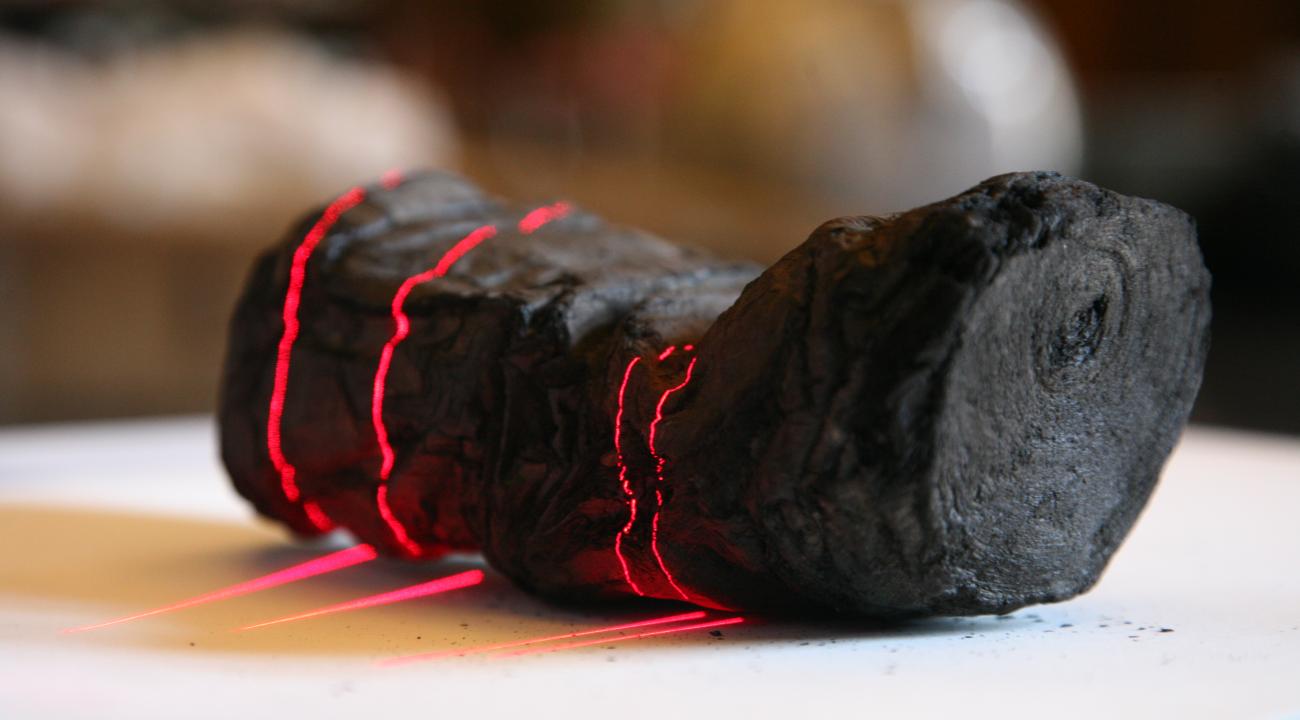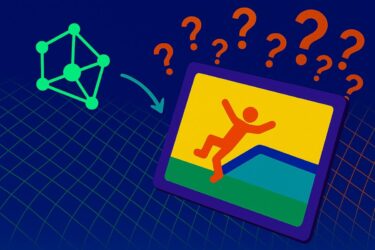Only one percent of the ancient writings are believed to have survived. Now we know one more word.
An AI model has deciphered words from an unopened, charred papyrus scroll several thousand years old. The scroll comes from the ancient city of Herculaneum on the Bay of Naples, which was destroyed along with Pompeii when Mount Vesuvius erupted in A.D. 79.
The model was trained by 21-year-old student Luke Farritor as part of the Vesuvius Challenge, created by technology entrepreneurs Nat Friedman and Daniel Gross. The goal is to develop technologies to read the Herculaneum Papyri, discovered during excavations at the Villa dei Papiri in Herculaneum between 1752 and 1754.
It is the only coherent collection of literary and scientific scrolls from antiquity.
Herculaneum papyri are at least 2,000 years old
Some of the texts have been deciphered by scholars over the centuries, although the methods used to unroll the papyri have caused considerable damage. Much of it remains undeciphered, but it is believed to be the library of the ancient Epicurean philosopher Philodemos of Gadara, as many of his works were found among the scrolls. The library is thought to have later come into the possession of Lucius Calpurnius Piso, the father-in-law of Gaius Julius Caesar. Piso is therefore considered the owner of the Villa dei Papiri.
Farritor received $40,000 in prize money for deciphering the word "porphyras," and other prizes went to other contestants who were also able to decipher words or reconstruct high-quality images of portions of the text.
Today we are announcing a major breakthrough in the Vesuvius Challenge: we have read the first word from an unopened Herculaneum scroll.
The word is "πορφυρας" which means "purple dye" or "cloths of purple."https://t.co/0EDGBX4t4hCongratulations to 21yo computer science… pic.twitter.com/VLwtU9I8xl
— Nat Friedman (@natfriedman) October 12, 2023
The AI methods are based on 3D CT images of the scrolls and researcher Casey Handmer's discovery that ink remnants can be made visible in the images.
The prize money for the entire Vesuvius Challenge is $700,000.






